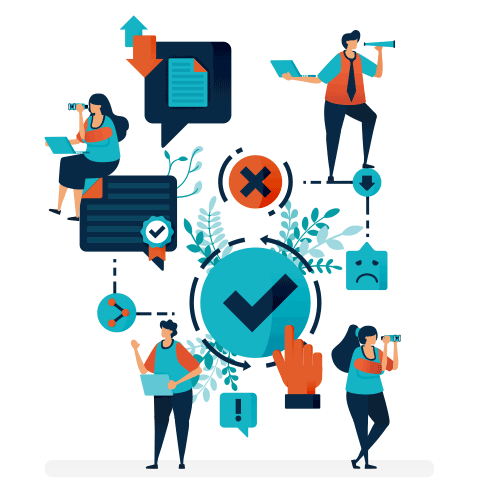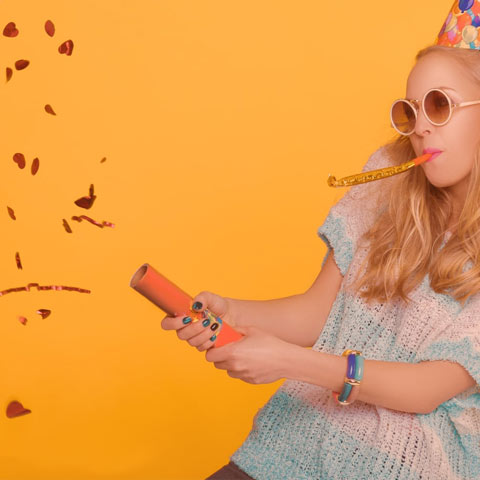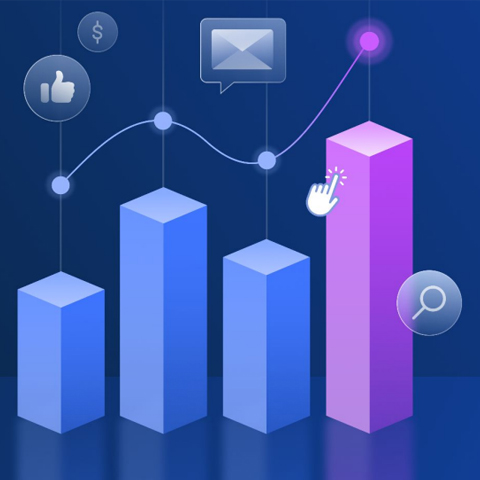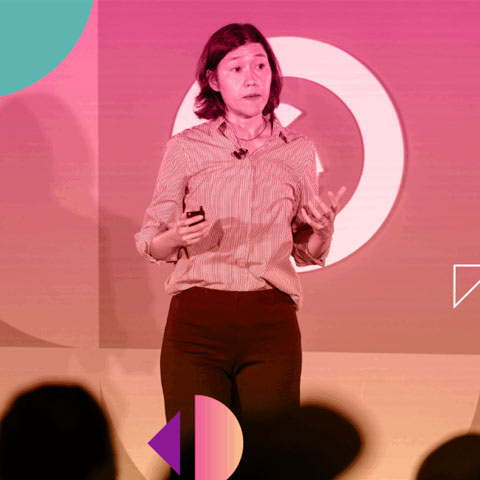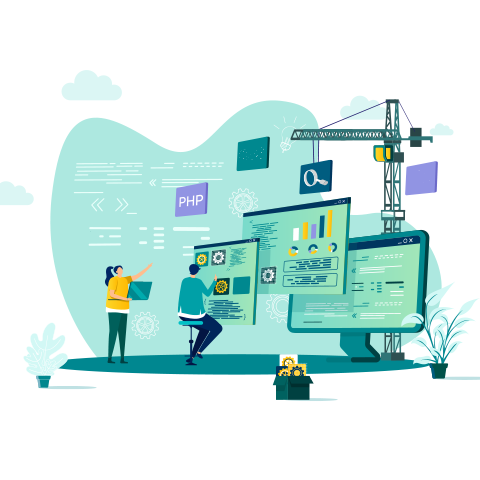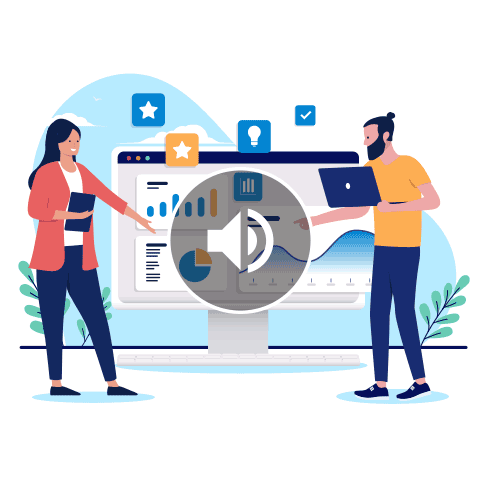Think AI and Creative Are at Odds? Think Again.


There is a great deal of understandable concern right now in creative fields about the impact recent advances in artificial intelligence (AI) will have on jobs and on creativity in general.
After using Midjourney to generate a cover image for a story about Alex Jones in The Atlantic, Charlie Warzel apologized to the art community and vowed never to use AI generation tools again. In his apology, Warzel said that creating the image was so easy and the result so good that he had failed to appropriately think through the ramifications.
While noble, the sentiment of the apology only proves the concern.
Pledging not to use helpful and available technology does not seem like a sustainable defense in the face of change, as it wasn’t in the face of earlier technological advances like the printing press, mechanized agricultural equipment or even the original “computer.”
We are living through a bending in the curve of AI advancement, with things long viewed as next to impossible being accomplished on a seemingly weekly basis. There is a great saying in the AI world: People mistakenly believe AI is going to steal their job. It won’t. But someone who uses it better than they do will.
This will prove true in the advertising world as well.
A new wave of creative potential for generative AI
Open-source neural nets like OpenAI’s Whisper have advanced speech-to-text transcription models to the point where they are nearly perfect, even amidst thick accents, speed-talking and noisy backgrounds.
In visual generative AI, in just a few months DALL·E 2 improved so dramatically from DALL·E that anyone can now generate stunning, original imagery from truly any text prompt. And Midjourney built AI generation into a Discord bot, a clever UI move that instantly made AI-based creativity communal, thus making learning how to use it easy and fun. Perhaps most impressively, at least from a technical perspective, Stable Diffusion figured out how to break AI generation away from the big compute-powered, server-side models of the above-mentioned platforms and move the work onto your local device. None of these is perfect, but make no mistake, they will continue to advance rapidly, and they are already very good.
This is not a dire warning; it’s a call to rethink what’s possible. There is a long history of human-technology partnerships that, I believe, show us a more likely future.
For over a century, the automobile — a truly incredible technological advance — has been essentially useless without a human driver. And although billions of dollars have been invested recently into the development of autonomous vehicles, the complexity of creating new laws, the ethics of introducing driverless cars into streets filled with humans, and the fact that many people like driving their cars prove that we are still quite far from a fully autonomous reality.
Closer to home in creativity, Adobe’s suite of Creative Cloud tools has revolutionized an industry, but they are just as useless as a driverless car without a creator to bring an idea and direction into their powerful platform for idea substantiation.
Even in the face of all of the recent progress, this holds true today more than ever. So the question for us as an industry is not, “How do we regulate AI-based technology in creativity to protect the ways we used to work?” Rather, the question is: “How can we use emerging AI technology to create entirely new fields of jobs that add increased impact to our clients?”
The new creative genius
With this in mind, the emerging field of creative analytics is a great place to look for a more labor-positive view of the future. AI-based tools have enabled a growing number of technology platforms to instantly unpack creative decisions in every frame of millions of ads, and compare that creative attribute information to a raft of performance signals.
This process enables well-trained machine learning (ML) models to surface data showing which decisions are positively or negatively impacting a company’s desired business outcomes. But here’s the thing: The models can only tell us what the signals are. They cannot tell us the why. And in that “why” lies the strategic insight that can unlock millions of dollars in value for a marketer.
A human creative analyst can parse that stream of AI-enabled “whats” and get to the “why.”
This field of strategic creative analysis, or simply creative analytics, is going to be a major growth area in the coming years. We already see many leading marketers and agencies staffing up in this creative role — yes, data science is a creative role. The strategic insights that come from these (soon to be well-paid) people with that technology at their disposal will enable other people, sometimes using tools like DALL·E 2 or Midjourney, to drive the creation of intelligent creative that does more than just scale content, but actually improves it.
And isn’t that the point? The future is coming quickly. For those who choose to embrace it, there is a world of opportunity ahead.
Learn more about how to improve your creative effectiveness with Vidmob today!
Want more like this?
Want more like this?
Insight delivered to your inbox
Keep up to date with our free email. Hand picked whitepapers and posts from our blog, as well as exclusive videos and webinar invitations keep our Users one step ahead.
By clicking 'SIGN UP', you agree to our Terms of Use and Privacy Policy


By clicking 'SIGN UP', you agree to our Terms of Use and Privacy Policy
Other content you may be interested in
Categories
Categories
Categories

Want more like this?


Want more like this?
Insight delivered to your inbox
Keep up to date with our free email. Hand picked whitepapers and posts from our blog, as well as exclusive videos and webinar invitations keep our Users one step ahead.
By clicking 'SIGN UP', you agree to our Terms of Use and Privacy Policy



